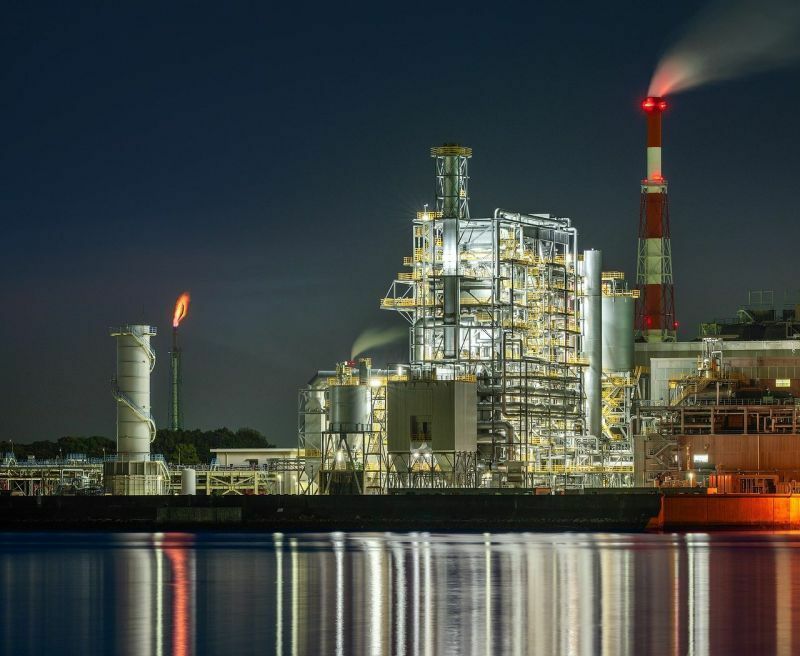
Carbon capture, also known as carbon capture and storage (CCS) or carbon capture, utilization, and storage (CCUS), is a process that aims to capture carbon dioxide (CO2) emissions from various sources, such as power plants, industrial facilities, or even directly from the atmosphere, and store or utilize it to prevent its release into the atmosphere.
The carbon capture process typically involves the following steps:
- Capture: The first step is to capture CO2 emissions before they are released into the atmosphere. There are different methods for capturing CO2, including pre-combustion capture, post-combustion capture, and oxyfuel combustion.
- Pre-combustion capture: This method involves converting fossil fuels into a mixture of hydrogen and CO2. The CO2 is then separated from the hydrogen before combustion takes place.
- Post-combustion capture: This method captures CO2 from the flue gas after combustion has occurred. Various technologies, such as chemical solvents or solid adsorbents, are used to selectively capture CO2 from the gas stream.
- Oxyfuel combustion: This method involves burning fossil fuels in pure oxygen rather than air, resulting in a flue gas consisting mainly of CO2 and water vapor. The CO2 can be separated from the water vapor for storage or utilization.
- Transportation: Once the CO2 is captured, it needs to be transported to a storage or utilization site. This is typically done through pipelines, similar to the transportation of natural gas.
- Storage: The captured CO2 can be stored in underground geological formations, such as depleted oil and gas reservoirs, deep saline aquifers, or unminable coal seams. These storage sites must have suitable characteristics to ensure the safe and permanent containment of the CO2.
- Utilization: Alternatively, captured CO2 can be utilized in various ways instead of being stored. It can be used for enhanced oil recovery (EOR), where CO2 is injected into oil reservoirs to extract more oil. CO2 can also be used in industrial processes or converted into products such as chemicals, fuels, or building materials.
The purpose of carbon capture is to reduce greenhouse gas emissions and mitigate climate change. By capturing and storing or utilizing CO2, the amount of carbon dioxide released into the atmosphere is significantly reduced, helping to lower the impact of human activities on the climate. Carbon capture technologies are still being developed and improved, and their widespread implementation could play a role in achieving global emissions reduction targets.
Exxon Mobil (XOM) recently announced a deal to capture carbon from a Louisiana plant owned by steelmaker Nucor (NUE) . It will be the first carbon-capture project by Exxon involving a steel plant.
According to Barron’s, steelmaking comprises about 8% of global carbon dioxide emissions. Carbon-capture technology can gather carbon dioxide from industrial equipment, compress, liquefy, and pipe it to underground storage locations.
ExxoMobil’s new project, expected to start in 2026, would capture about 800,000 metric tons of carbon a year from producing iron used in steel. The financial benefits of carbon-capture projects increased significantly after Congress announced a 70% subsidy for carbon-capture projects in 2022.
Exxon didn’t release targets for the project, but analysts say carbon capture could become a solid source of revenue for the company in the years ahead.
On the date of publication, Andy Mukolo did not have (either directly or indirectly) positions in any of the securities mentioned in this article. All information and data in this article is solely for informational purposes. For more information please view the Barchart Disclosure Policy here.






